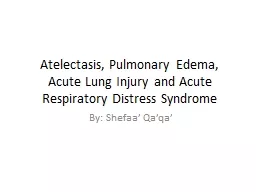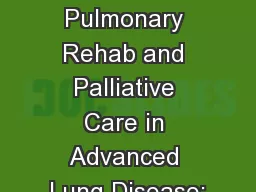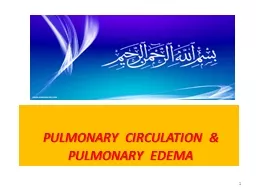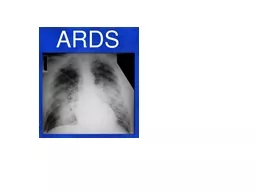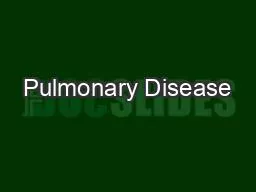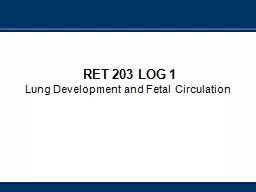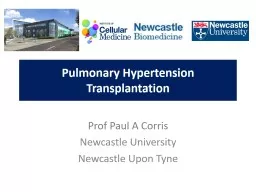PPT-Atelectasis, Pulmonary Edema, Acute Lung Injury and Acute
Author : test | Published Date : 2020-04-03
Respiratory Distress Syndrome By Shefaa Qaqa Atelectasis Collapse Atelectasis refers either to incomplete expansion of the lungs neonatal atelectasis or to
Presentation Embed Code
Download Presentation
Download Presentation The PPT/PDF document " Atelectasis, Pulmonary Edema, Acute Lun..." is the property of its rightful owner. Permission is granted to download and print the materials on this website for personal, non-commercial use only, and to display it on your personal computer provided you do not modify the materials and that you retain all copyright notices contained in the materials. By downloading content from our website, you accept the terms of this agreement.
Atelectasis, Pulmonary Edema, Acute Lung Injury and Acute: Transcript
Download Rules Of Document
" Atelectasis, Pulmonary Edema, Acute Lung Injury and Acute"The content belongs to its owner. You may download and print it for personal use, without modification, and keep all copyright notices. By downloading, you agree to these terms.
Related Documents

